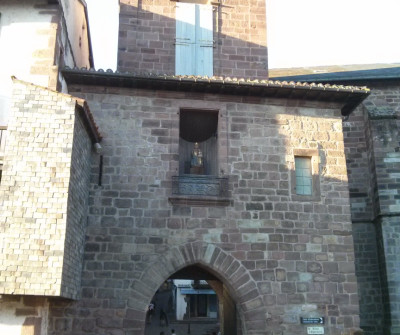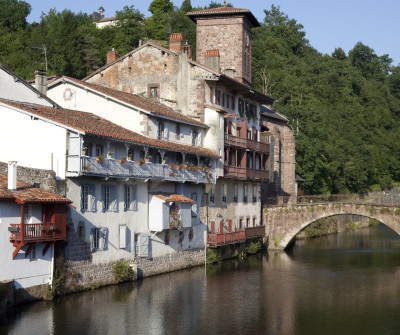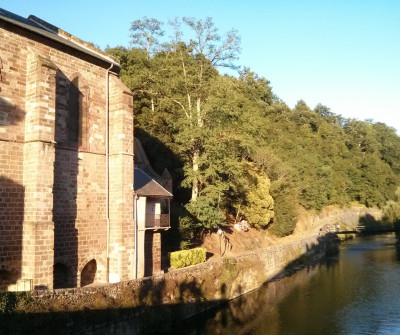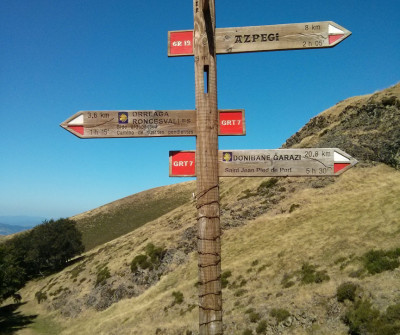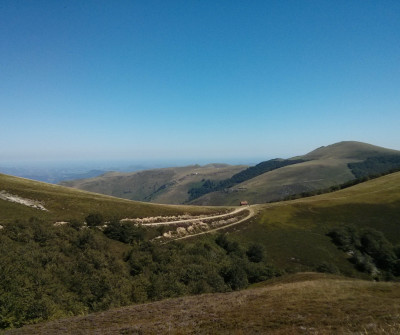A steadily increasing number of pilgrims are choosing the town of Saint Jean Pied de Port to begin the French Route or Camino Francés. The first twenty kilometres are steep, with some sharp sections; therefore a slow pace is recommended.
READ MORE
The section begins with the medieval bridge over the Nive River, which crosses this ancient town, surrounded by its beautiful, historic wall. Following the sign for Chemin de Saint Jacques de Compostelle,* a rural footpath takes the walker through the residential areas of Iruleya, Erruculus and Huntto to finally reach a wonderful viewpoint.
After Orisson, the mountain track takes us through the landscape of French Aquitaine until the Virgen de Biakorri. Another 15 kilometres down the road, the sign to Roncevaux/Orreaga takes us trekking through the slopes of peak Keizar Atheka and the hillock of Bentarte, with its Fuente de Roldán. Already entering Navarre, the road rises until reaching a height of 1430 metres at Col de Lepoeder. A double sign lets pilgrims choose: the shorter road to Roncesvalles, 3.6 km of steep hills, or 400 metres more through mount Donsimon, with excellent views from the peak of Ibañeta, which is also the site of the chapel of San Salvador. The forest then leads us to Roncesvalles.
* * Beware! Part of this route may be dangerous during the winter, so you must contact the emergency services before you start trekking. From November 1st to March 31st, trekkers must access Navarre by a different route: that of Arnéguy and Valcarlos, a detour signposted after crossing the wall of Saint Jean Pied de Port. The path runs along an elevation of 895 metres through the valley of Valcarlos and enters the first point in Navarre running parallel to the main road.
How to get to Saint Jean Pied de Port
Tips from our postmen and women
What to see and do in Orrega/Roncesvalles?

“Having a look around the wonderful architectural complex of Arreaga-Roncesvalles is indeed a must after this first day. Set in the heart of the Pyrenees, there is no other house apart from the church. This place offers us the chance to experience first-hand the importance of this spot in the Camino Francés, the most important of all Routes to Santiago.”


 Filter
Filter